This post was written for Go-To by Natalie Fornasier in honour of Breast Cancer Awareness month. Natalie is working with Humanise Health to raise awareness and to share the stories of women who live/have lived with Triple Negative Breast Cancer, which is the most aggressive of the breast cancers and has a poor prognosis. For more on the brilliant work that Natalie and Humanise Health are doing, head here.
Stephanie Albanese was 31 years old when she was diagnosed with breast cancer. Due to her 1B grading of invasive ductal carcinoma and basal phenotype, she was treated as a triple negative breast cancer patient.
Triple negative breast cancer is one of the lesser-known breast cancers. It accounts for 15% of all breast cancer diagnoses and is classified as the most aggressive, thus having a poor survival rate. Triple negative breast cancer is sadly almost unheard of, and is the very driver behind Stephanie wishing to share experience for Breast Cancer Awareness month.
‘Since my late teens I’ve always checked my breasts,’ Stephanie begins. She’s seated in her living room, located in the burbs of chilly Melbourne.
‘I’ve always done it, even though I have no family history. So, at the beginning of the month in August of 2019, I found a lump and I know it wasn’t there in July,’ she says.
‘At the time, my partner and I were trying for a second baby. I’d just finished my period, so I thought I’d wait a week to see if it was hormone related – it wasn’t. I went straight my GP and said that it doesn’t feel right,’
Stephanie’s GP was rational, assuring her it would be nothing serious in nature upon examination due to her age but just to be sure, sent her away for a mammogram and an ultrasound.
‘I had the tests and even the tech said when I was getting my ultrasound, that it looked like a fibroadenoma, but she’d send the results to my GP. My GP called me with the results and said they were 99% positive that it’s benign. But, because I was trying for a second baby, she said she was aware such things can cause anxiety and recommended me to a breast surgeon to get it removed,’ she says.
Upon examination, Stephanie’s breast surgeon agreed with her GP and technician, saying that it shouldn’t be cause for concern. By this point, three separate health professionals had all said it was nothing to worry about.
‘The breast surgeon said let’s do a biopsy just as an insurance policy. I got the call on Sunday saying it was breast cancer,’
When I ask Stephanie now, upon reflection if she holds any anger about the whole ordeal, she assures me she doesn’t. ‘Everything happened so fast because throughout this whole time I wasn’t concerned. I wasn’t upset with my GP at all, because in hindsight, she was the one to push me to get it checked further rather than just sitting on it. I’m grateful to her,’ Stephanie affirms.
Stephanie’s story is unfortunately one that is becoming increasingly common amongst young women. More women in their 30s, even early 20s, are presenting to their doctors with lumps of concern in their breasts, leading to diagnoses.
Stephanie is a fortunate one. Her GP listened to her, yet most aren’t so lucky to be given such quick attention, with many GPs brushing it off because most women are ‘too young’.
Later, one of Stephanie’s doctors will tell her that if she had waited anywhere between three to six months, her diagnosis could have progressed to stage IV. And so began Stephanie’s journey as a cancer patient.
‘It all happened so fast… I had an MRI, scans, an ultrasound, a bone scan, and a CT. By September 9th, I was ready to go for my surgery. I had a lumpectomy and a sentinel node biopsy,’ she shares.
‘I was oestrogen positive, but after the surgery the pathology revealed I was actually very weakly oestrogen positive, and I had to be treated like a triple negative patient,’
Despite being classified as NED (No Evidence of Disease) post-surgery, Stephanie still required a course of chemotherapy and radiation in a preventative capacity, in addition to her surgery.
‘Before the chemotherapy was due to start, I found out I had a small window to do IVF. So, I did, otherwise they wouldn’t let me [later] and the whole reason the lump was found, was because we were trying for a second baby,’ she says.
IVF in any circumstance is stressful, yet during cancer treatment there is a lot of pressure on it being successful, as most only get one shot.
Luckily, for Stephanie and her husband Richard, the process was successful, and they became parents to five embryos. As soon as that ended, chemotherapy started.
From October 2019 to mid-February 2020, Stephanie received drugs that would aim to kill any remaining cells of cancer in her body. As an extra layer of prevention, she went on to several rounds of radiation all while taking medication to preserve her fertility.
‘The worst part of it all was losing my hair,’ She confesses. ‘It was a big part of my identity – it was what I was known for, and my daughter was obsessed with it. So, explaining to her why it was going and just seeing it gone… that was the hardest part because you lose all control.
‘People my age usually wouldn’t have to deal with these types of things and it’s a lot. Mentally, you’re falling apart but there’s also the physical side. You look at yourself in the mirror and you can’t see yourself anymore,’ Stephanie says in between tears.
It’s been two years since Stephanie’s world was turned upside down, and since coming out the other side – an achievement so many hope for – she’s been able to conceive naturally and give birth to a beautiful baby boy.
However, she must live her life with the threat of cancer weighing heavily on her shoulders for the next five or so years, due to the nature of triple negative breast cancer being able to pop up anywhere in her body.
Stephanie’s reasoning for sharing her story is simple yet sobering. A breast cancer diagnosis can happen to any woman, at any age. Stephanie had no risk factors; she didn’t carry the gene. For her, it was just bad luck.
‘The information so many young women see about breast cancer is targeted to those who are older. Even I thought breast cancer was an older women’s diseases and evidently, my own diagnosis goes to show that it isn’t,’
It frustrates Stephanie that messaging states you only need to pay attention to your breasts when you’re due to be scheduled for mammograms.
For reference, in Australia, mammograms begin when you’re 50. If there’s family history, there’s a chance you’ll be seen earlier, but it’s not common.
The most active defence against breast cancer for those under 50 is regular breast checks and understanding your normal. This then allows women to be aware if anything appears different, allowing them to act.
Stephanie wants to empower young women, so they know to be aware of their bodies, at all ages.
‘After I was diagnosed, and I talked about it with my friends… none of them had ever checked their breasts. That scares me,’ Stephanie confesses. ‘Age shouldn’t be a factor. It can happen to anyone, at any time’

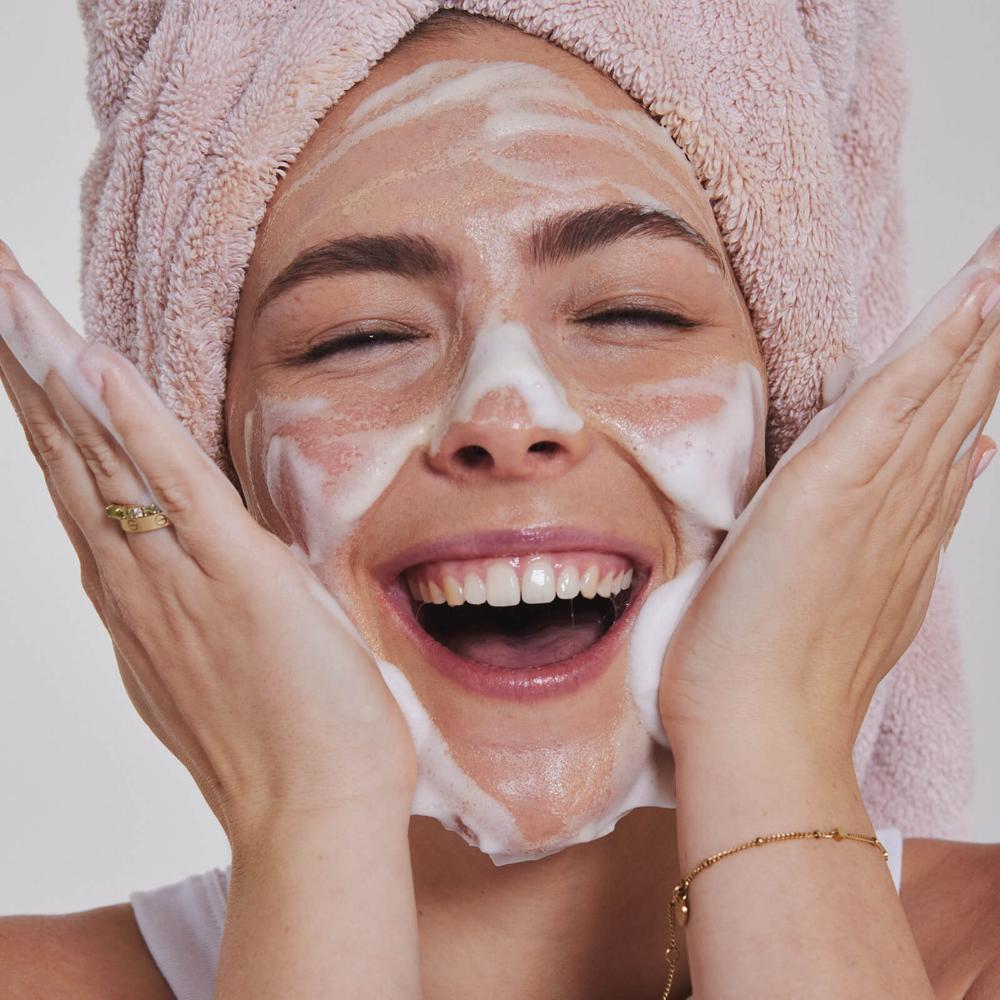
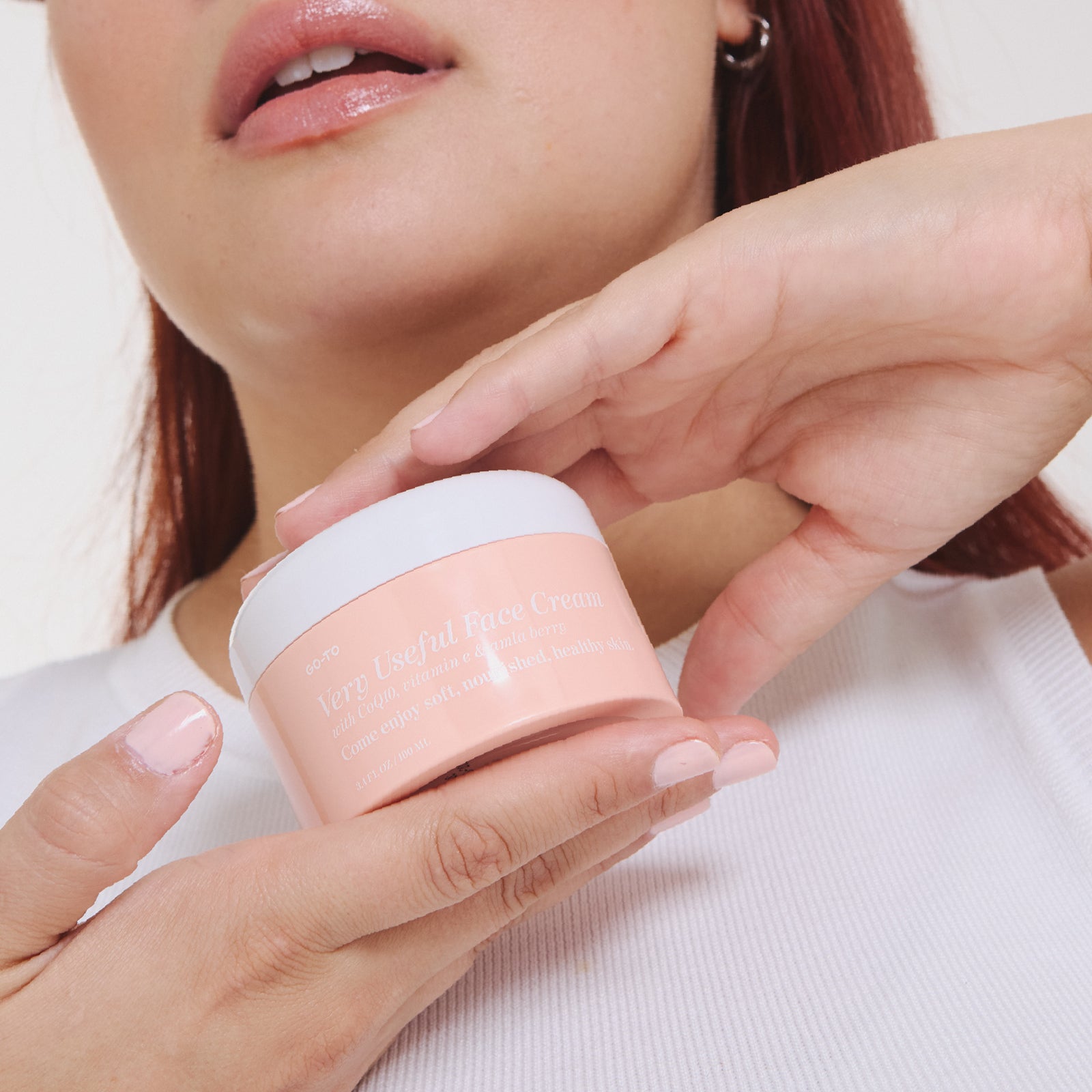

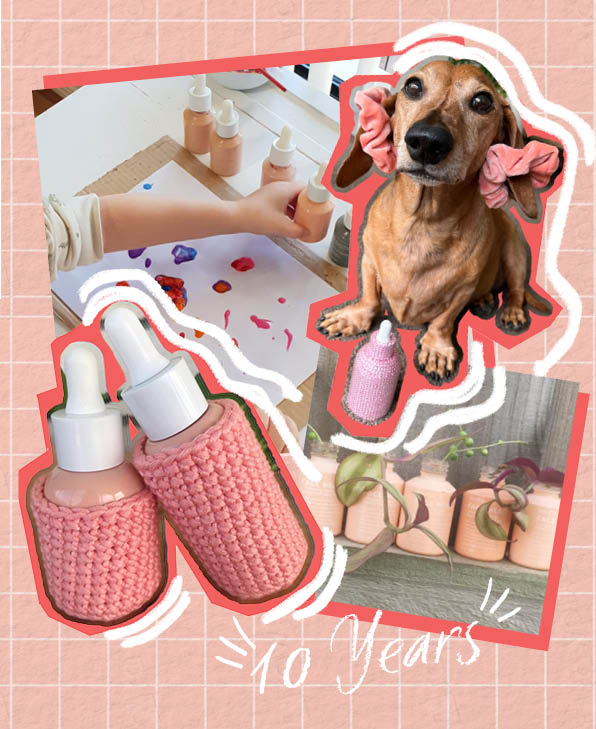
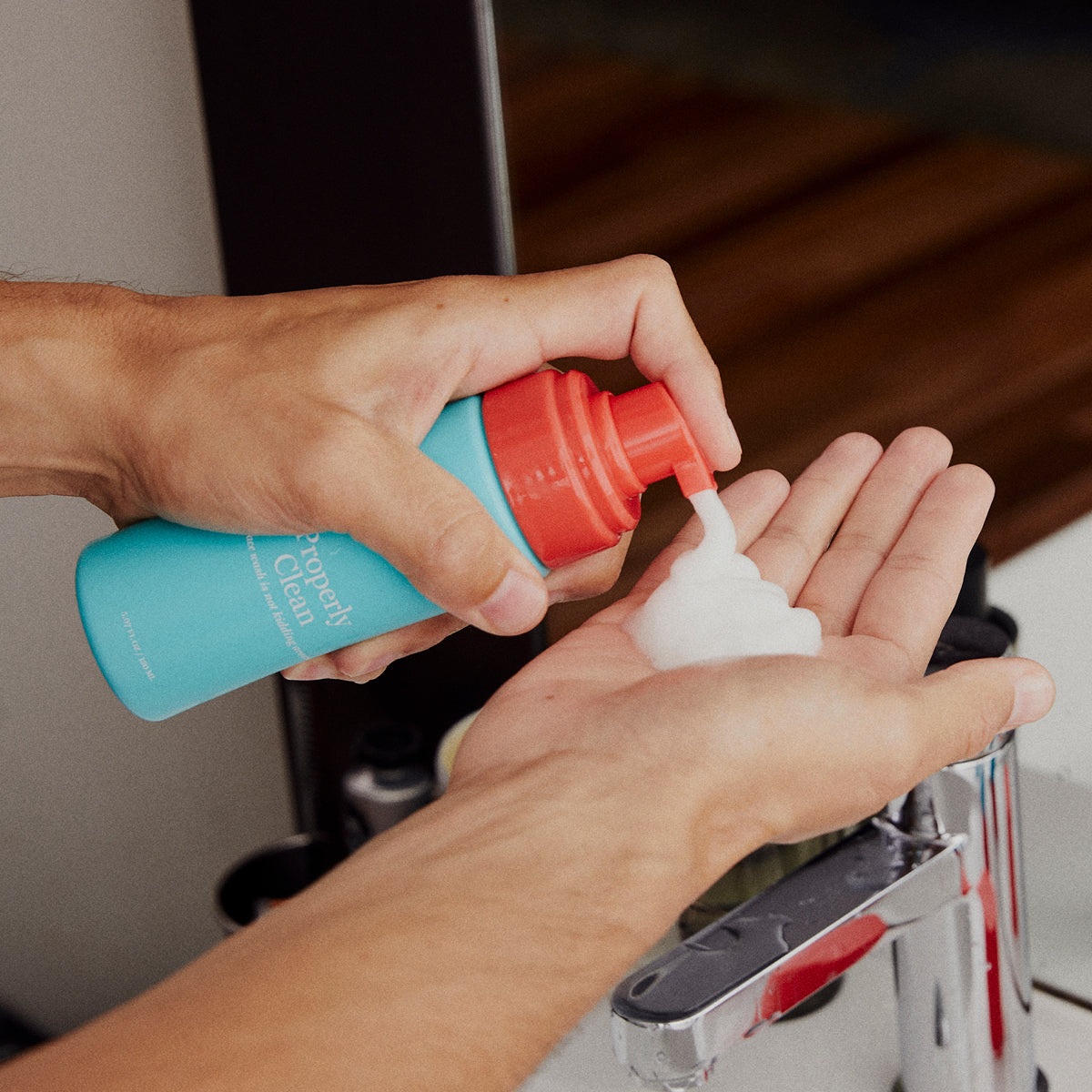
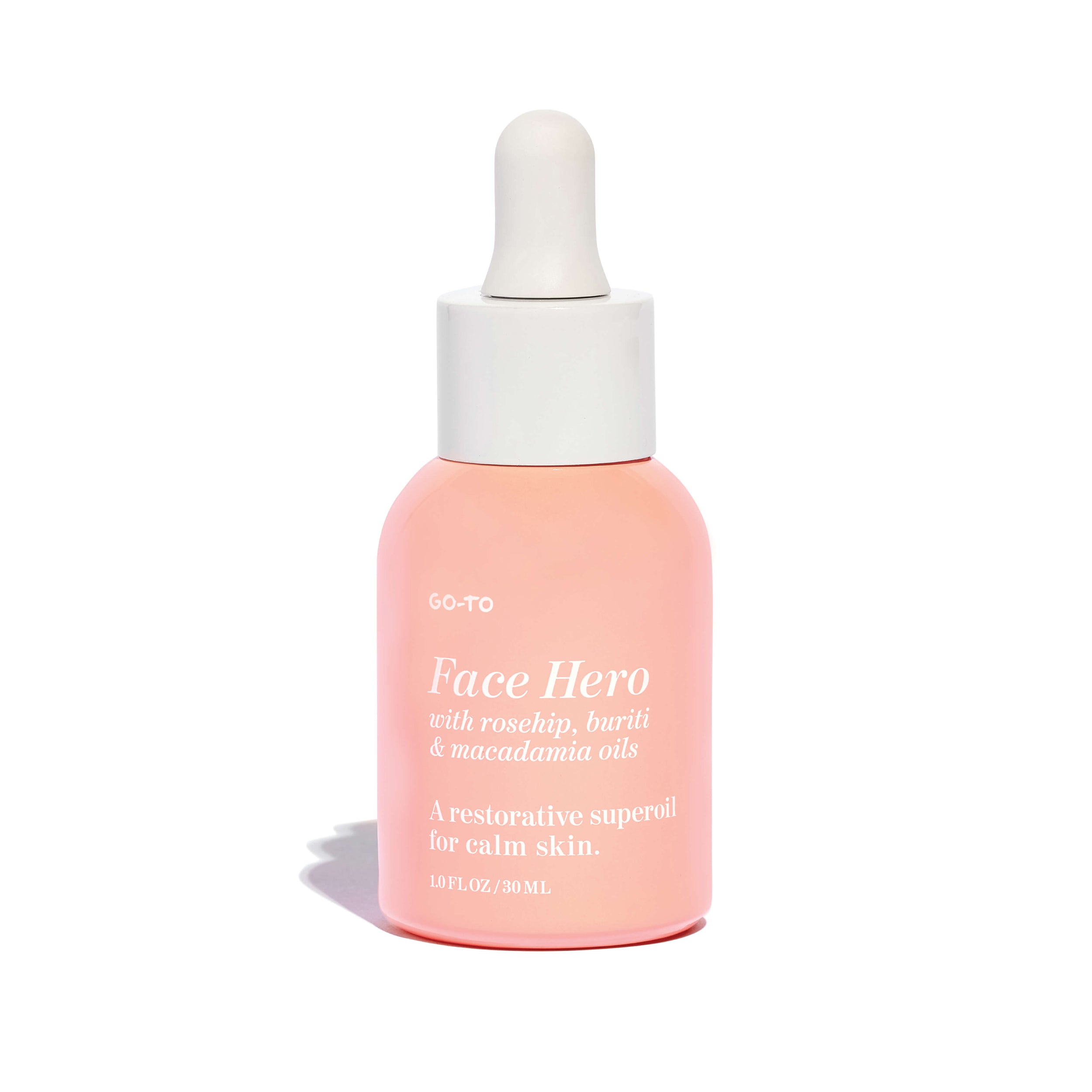
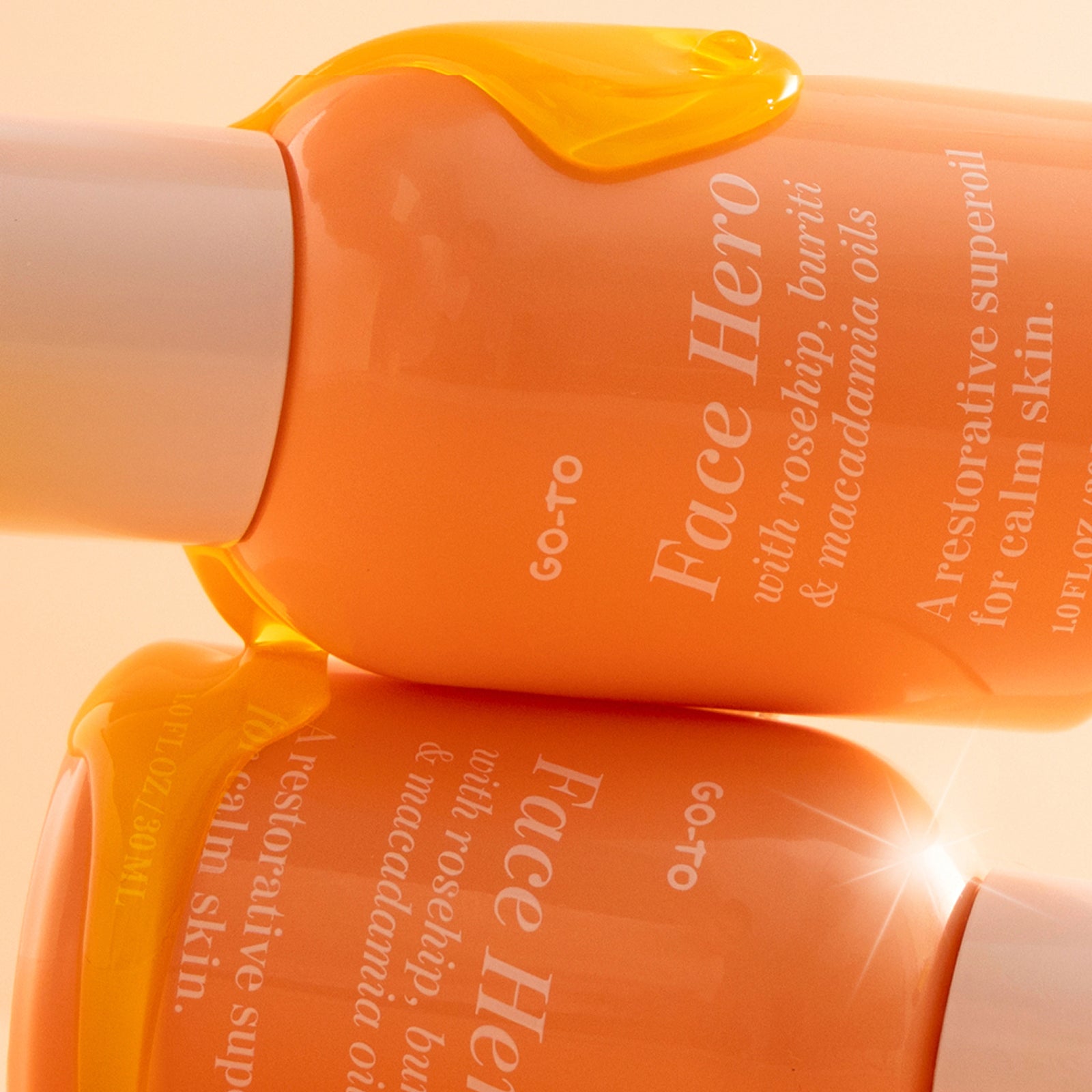
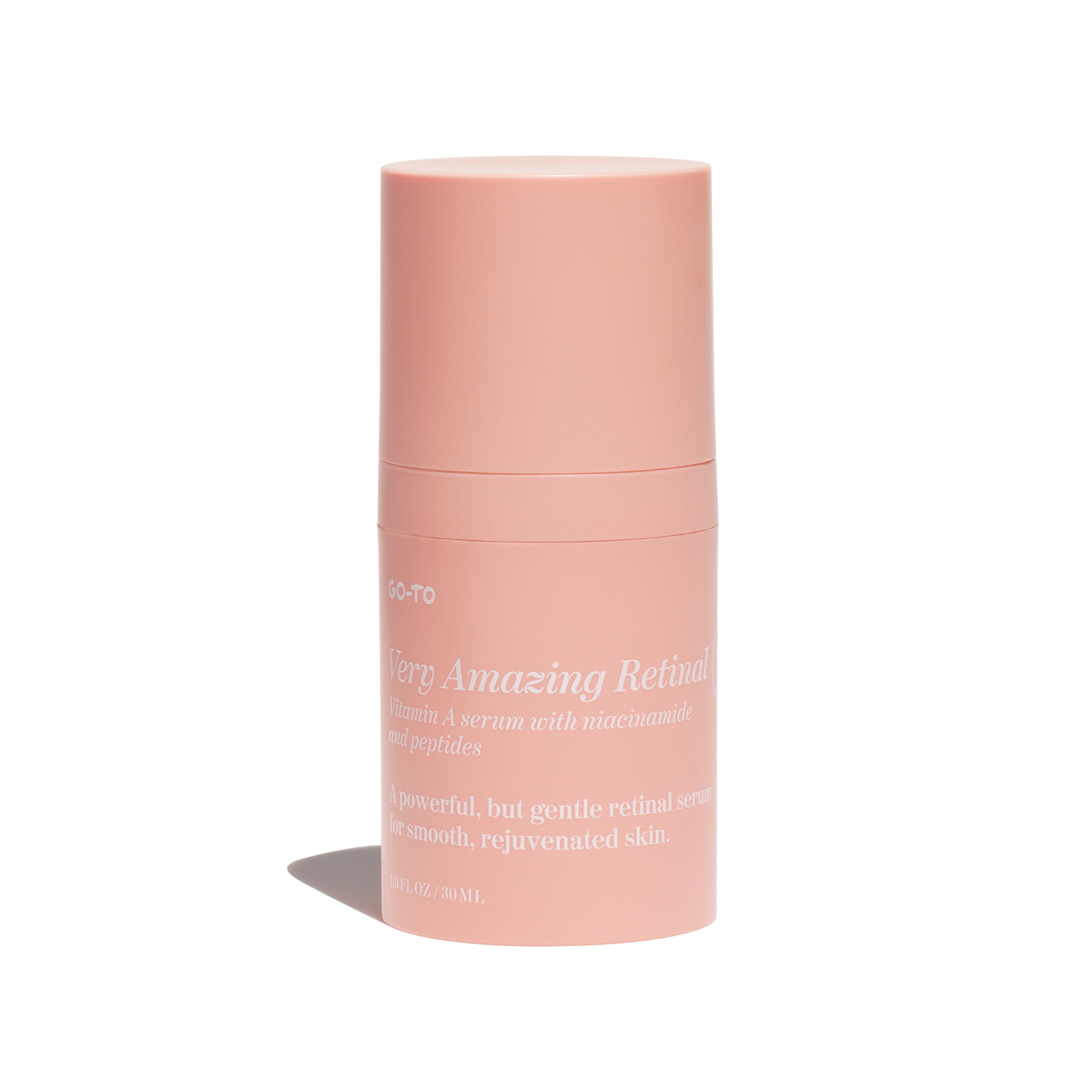
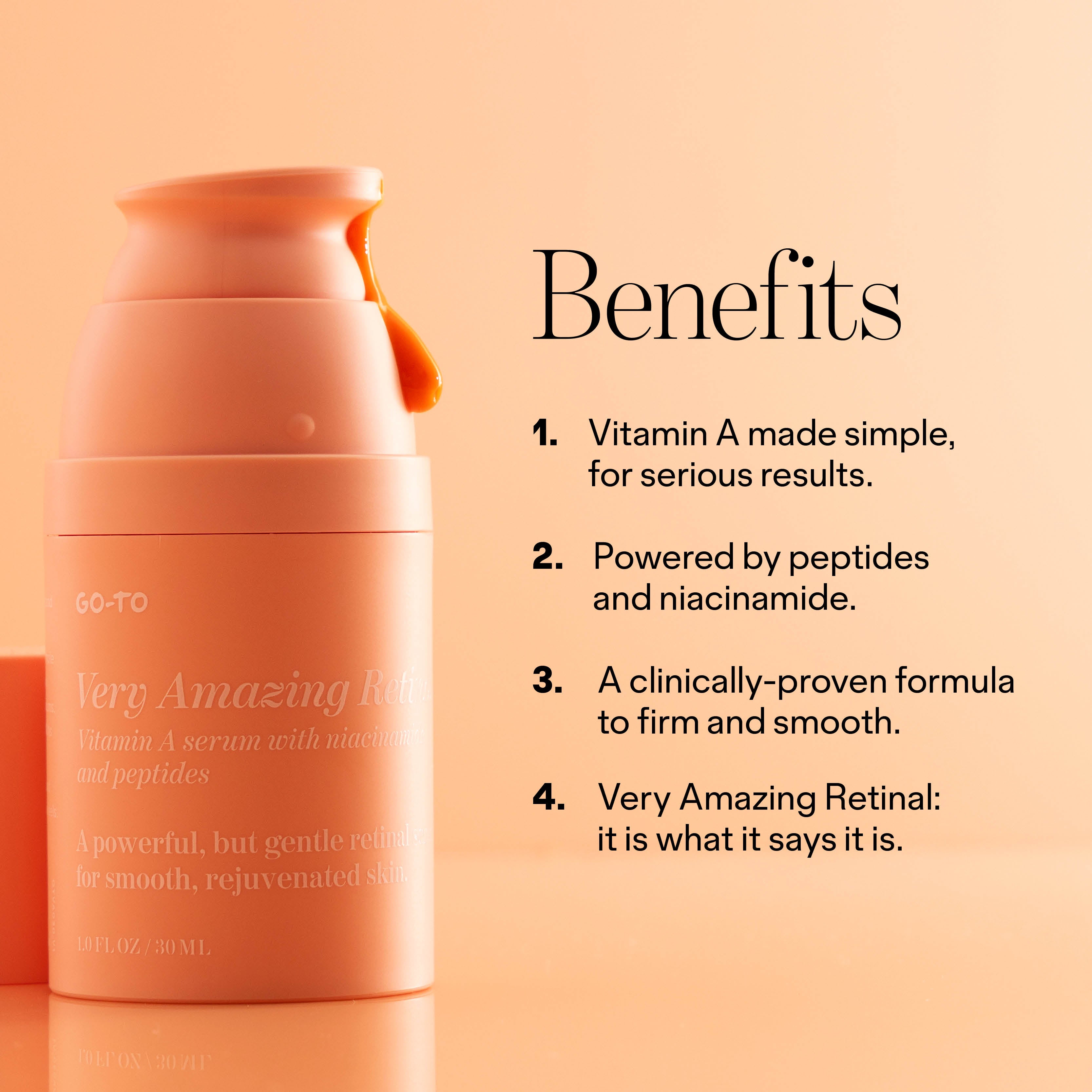
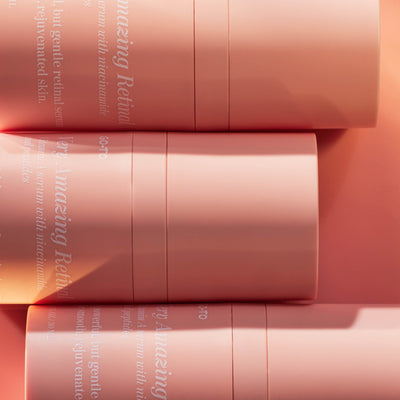
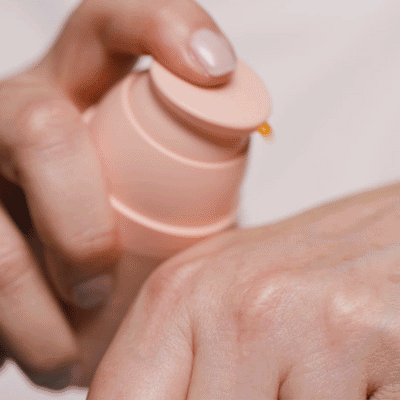
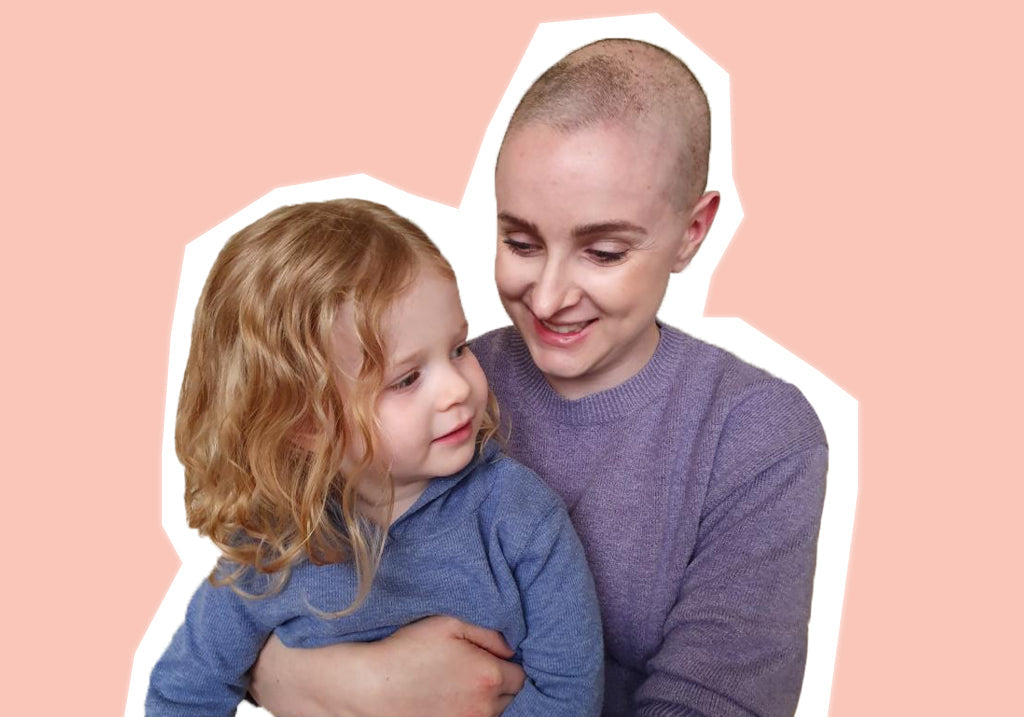
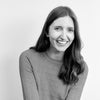


Comments